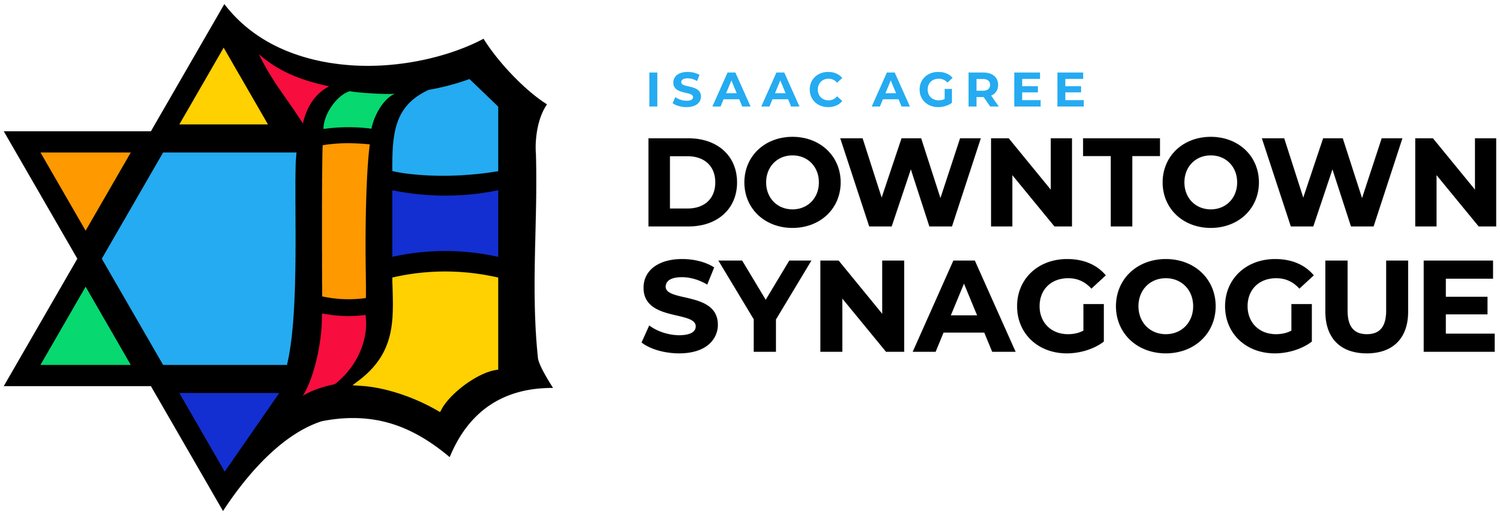KRME, Fayetteville, AR
Artist Statement
This Sukkah design comes from the Etrog – the citron used during Sukkot. The folded design resembles the Etrog, and the geometry of the skin of the Sukkah provides it with strength and stability. The skin of the Sukkah is a lamination of pure white Tyvek (actual material shown in images taken from model) and wood veneer. There is a diagrid structural system composed of two layers, one in the skin, and one integral to the skin. The system in the skin is a tube system with dowels along the fold lines. The tubes emerge from the folds at the interior peaks and are fastened or tied to an internal diagrid. The two together create a space frame to provide stability to the structure. Columns defining the opening at the entry to the Sukkah anchor the ends of this system.
A plywood floor and ring of benches create further stability. The wood benches and wood floor also have a pure white wrap to continue the white, inside surface. The hole in the roof and the perforations in the folds will let light in; and the thinness of the skin will allow light to pass through. The wood veneer on the outside of the skin will be dyed in a yellow to deep orange gradient to evoke the colors of citron and of the oncoming color of Fall leaves.
If the organizers have an interest, we recommend LED light strips to allow the Sukkah to be a beacon in the downtown park during the evening hours.


